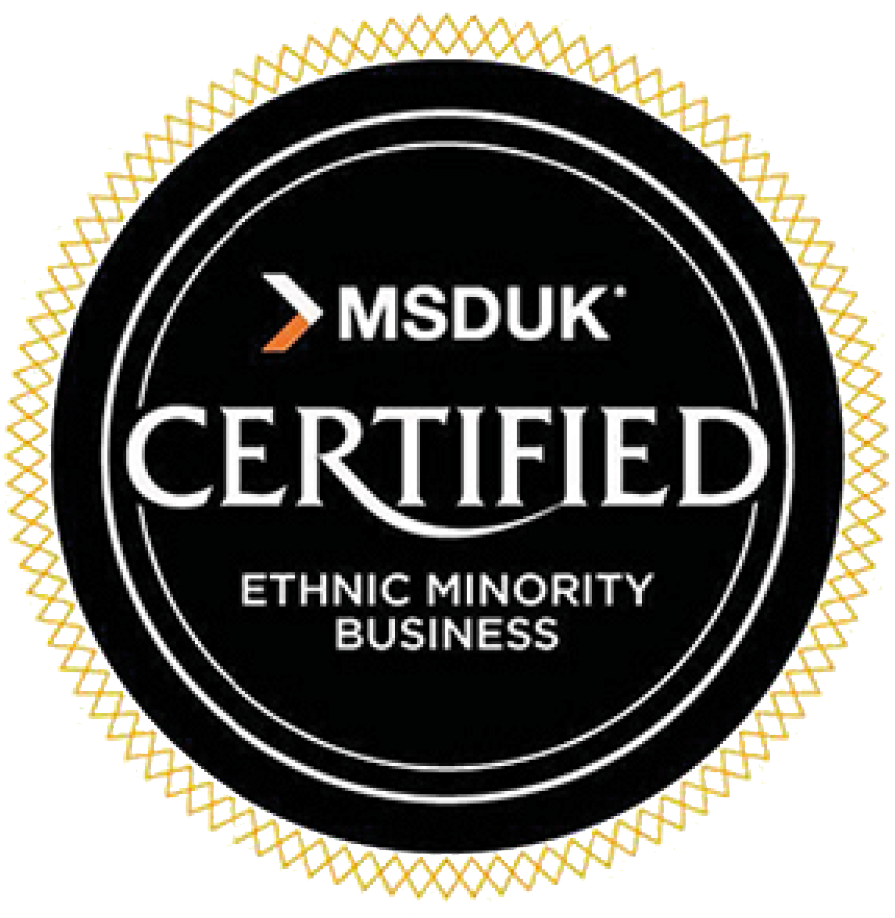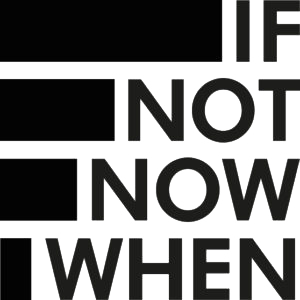In this piece INvolve’s Director of Learning and Quality Toyin Odusanwo discusses how to implement talent development programs successfully for both employees and organizations.
Talent development programs are widely accepted as an effective way of supporting the careers of diverse employees. Not only do they provide employees with the tools, guidance and knowledge to better fulfil their job roles and advance their own careers they are critical to increasing employee engagement and building a strong talent pipeline.
They are also a means of communication, whether intentionally or not, by signalling to employees not only who is valued but also who is worthy of investment. The content and focus of those programs provide a window into which topics are viewed as essential for success within the organization and ultimately what its priorities are.
With an increasing focus on return on investment (ROI) for talent development programs and learning and development initiatives more broadly, it is essential that the content of these development programs aligns with an organization’s strategic objectives. However, connecting a business’ needs with succession planning and then with an individual’s need is a delicate mix to master.
Here is some guidance on how to ensure your talent development programs are fit for purpose for your employees and your organization as a whole.
Timing is key
Are you providing your employees with talent development initiatives at the most opportune time?
Are you giving them time in their schedule to practice and implement their newfound skills?
According to the Forgetting Curve, people forget 50% of new, learnt information within a day and 90% within one week. Therefore, ensuring that the timing of any implemented programs is in line with participants ability to practice new skills they have learnt is critical. Without the space and time to self-improve, the investment a business makes in talent development initiatives risks becoming lost. Whether it’s during the program or once it has been completed, effective planning for activities or opportunities to flex new skills and embed new ways of thinking is essential.
Participant selection
Once the topics and focus of a program have been set, the next challenge is determining how participants will be selected. While many businesses have methods of defining ‘high potential’ talent, those systems and processes unless carefully assessed can be subject to unchecked biases.
So, what criteria can be used to identify participants fairly and who is involved in the process?
To address any potential bias, businesses can opt to democratize the process allowing for self-selection, which can widen the pool of applicants and removes external constraints. Of course, this doesn’t eradicate bias completely but is one way to help mitigate it across broader talent development and DEI initiatives.
Businesses also need to be aware of how they may unintentionally or implicitly convey the types of people they ‘value’ or are ‘suitable’ for development, and how this may skew the self-selection process. Examples of this can be who or what groups are consistently spotlighted for praise or focus over others, and how cultural differences, extroversion and differing personality types can see some employees more readily put themselves forward for opportunities than others. Therefore, business leaders need to be mindful about relying solely on self-selection processes when it comes to talent development and ensure that they are working as allies to put forward those who may not always put themselves forward for opportunities. There needs to be a cognizance that enthusiasm and being the loudest in the room isn’t a measure of overall capability.
Line Managers buy-in
Line managers often form part of the selection process, and their contribution to the success of programs cannot be minimized. Line managers need to be engaged with talent development programs and also ensure that they are able to actively support participants in their career development journey.
However, line managers can often become unintentional blockers and barriers to progress, by not providing enough support, allowing participants enough time, or facilitating the right opportunities for career success. This could be as a result of not understanding their role in the development of those they manage, not having the time or resource to provide support to them or not knowing how to support their direct reports at all. To enable line managers, businesses should implement coaching sessions and skills and learning initiatives to prevent the objectives of a program from failing and participants from becoming frustrated due to a lack of tangible support.
Talent development enhances the ‘E’ in DEI, and organizations should communicate their intention to enable specific groups of people, demonstrating either a willingness to uplift those groups or recognizing challenges or limited opportunities those groups face within business. This outwardly demonstrates the value placed on those groups by a business, underpinned by a clear understanding that equity is required to provide all employees with the tools for success.
While the audience or demographic of a talent development program might be easy to determine, what about content? For instance, should the content be the same as other programs for similar levels or grades of talent? Should the content be bespoke to that group? Are their needs different to others in the organisation and how can they best be supported? These are important questions to address.
Sponsorship’s role in talent progression
It is important to factor in how an organization will sponsor diverse talent so that the burden for their developed doesn’t fall solely on them and the impetus provided from talent development programs. Engagement and sponsorship from senior levels of an organization is pivotal, ensuring talent management in the short term is supported by line managers and longer term by more senior leaders.
Finally, and crucially, does the current system support the development employees?
Or are there practices, policies and even people within the organization that will challenge and resist the objectives and intent of the program? Is the organization in its current form ‘good soil’ for the talent to develop?
If the answer to these questions is ‘no’, ‘or not sure’, then identifying those factors and issues is a necessary step before even thinking about the program or the participants. Talent development programs won’t work or achieve any intended outcomes unless they are embedded within a business that is committed to seeing them work.
Without a system that upholds the important of programs and the development of talent, the investment in creating the program, and the efforts and aspirations of the participants and the organization will be wasted.
As experts in designing and delivering talent development programs, INvolve can support your organization to enable diverse talent. Get in touch with us to learn more about our talent development programs here.




